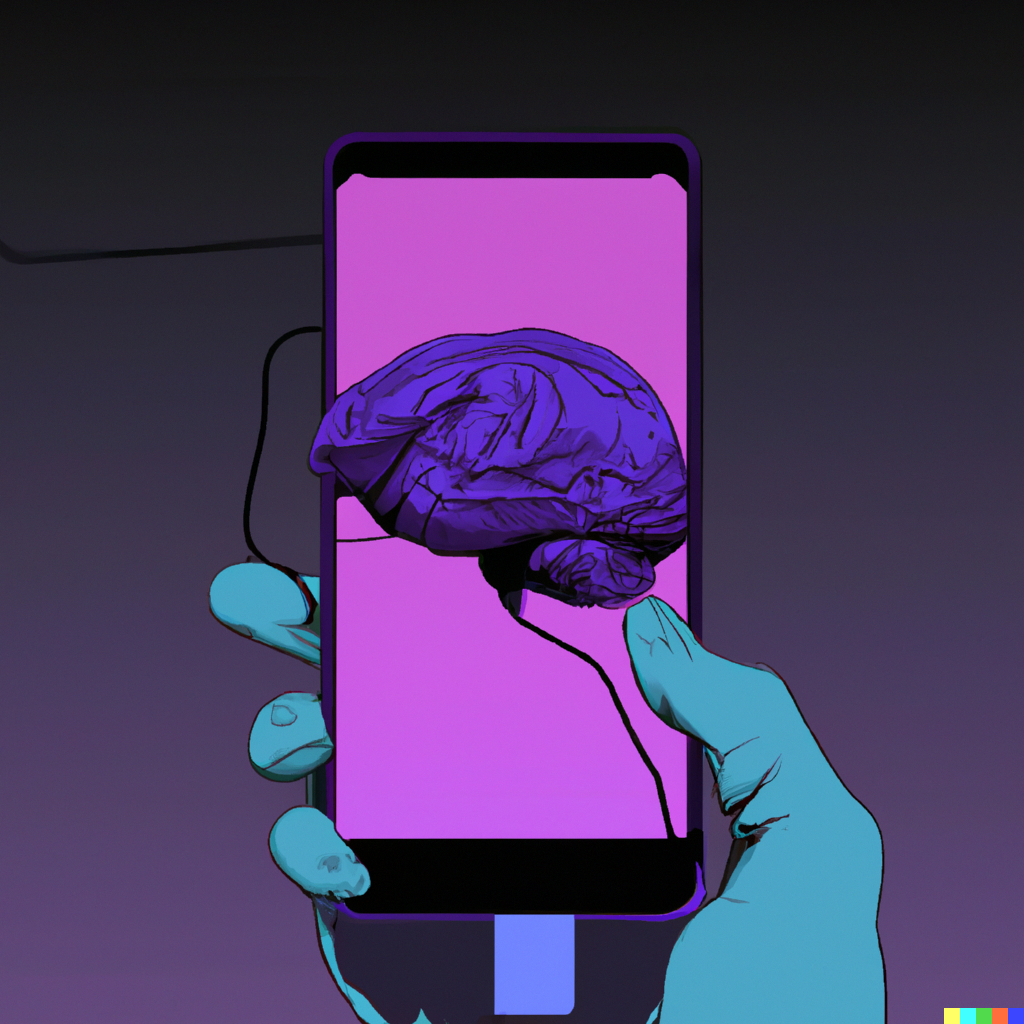The internet is full of different methods and ‘wellness’ trends you can practice to become your ‘best’ possible self. Most of them don’t actually work, but regardless, videos like this garner millions of views, and so every now and then there’s a new trend making the rounds, from the ‘everything shower’ to even ‘mouth taping’.
A few years ago, the ‘dopamine fast’ trend found a number of followers, especially in the tech industry. It’s made a comeback in recent months thanks to TikTok, and young adults, especially those who idolize Silicon Valley tech gurus are going to extreme lengths to partake in it. YouTube especially has tons of videos on how to complete a ‘dopamine detox’ within a week, some claim to do it within 24 hours.
A dopamine fast or a detox entails fasting from dopamine-producing activities, or “pleasures”, for a certain amount of time with the hope of decreasing reward sensitivity. The purpose of dopamine fasting is to isolate oneself from the unhealthy stimuli of the modern world, such as social media, sugar or shopping. The idea is that it gives your brain a chance to recharge and reset for a short period of time, practically rebooting your system.
Dr Cameron Sepah created this concept and commonly uses the technique in clinical practice on tech workers and venture capitalists. His goal is to rid his clients of their dependence on certain stimuli, such as phone alerts, texts and social media notifications. But what he was trying to accomplish with this concept is different from what people have come to understand that “dopamine detox” is. The general concept behind Dr Sepah’s “detox” is for people to let themselves feel lonely or bored, or to try simpler activities instead of reaching for quick “hits” of dopamine. Ideally, people will start to notice how certain stimuli might distract them.
Dopamine, the chemical in question, is a type of neurotransmitter in the brain. It is naturally produced by the body as a chemical messenger, and it affects many behavioural and physical functions like learning, attention, sleep and mood. An excess or deficiency in dopamine production can cause mental health conditions.
During a dopamine detox, a person avoids dopamine triggers for a set period of time — anywhere from an hour to several days. You can’t eat or drink anything apart from water, or use the internet, your phone, your computer or TV (or any other screens or technology) during that time. You also can’t listen to music or radio, have sex or masturbate, and should keep reading and talking to a minimum. Ideally, by the end of the detox, a person will feel more centred, balanced and less affected by their usual dopamine triggers.
But many experts argue that dopamine fasts are flawed and useless. There is no scientific evidence to support this method. Since our body produces dopamine naturally, it’s practically impossible to completely cut off from it. There are some extreme aspects of this fast that really don’t add anything of value to the ultimate goal and most of its known benefits only come from word-of-mouth experiences. To simplify it, a dopamine fast is basically a digital detox, which doesn’t sound that bad. But it depends on its level of intensity. In general, you ease into detoxes. You start for maybe one hour a day, then slowly up the ante as you feel comfortable. But most influencers that are promoting this concept encourage you to go all in on it, which can be dangerous. Remember, you’re supposed to also be able to rest and recharge during this fast.
In this day and age, it’s almost impossible to function completely without any technology if you’re an ‘average Joe’ with a ‘regular’ job. So it looks like dopamine fasts, to an extent might work. But it’s ultimately about how far you decide to take it.





